Many high schools in the US are applying this method to student training to nurture children who love math.
In a pilot classroom, 20 teachers from Pennsylvania, Maryland, and Virginia weren’t hunched over blackboards or computers. Instead, they were stacking cubes, folding cardboard, and figuring out how to divide two cakes evenly across three plates. This is the spirit of Singapore Math, a method that has caught the attention of scores of schools across the United States.
Garrison Forest School for Girls in Owings Mills has been using Singapore Math in its elementary grades for the past two years. The results show that students have improved by a year, according to internal assessments. This year, the school is expanding the program to eighth grade. According to education expert Susan Resnick, this is a way to build a foundation of thinking rather than just practicing skills.
Garrison is not alone. Many private and public schools in Maryland are incorporating this teaching style into their curriculum, hoping to replicate the success that Singapore has maintained for more than three decades. The trend is spreading from the East Coast to many other states, as US education administrators seek solutions to improve the quality of math teaching.
Developed decades ago, Singapore Math does not follow the rote learning method. It starts with hands-on experience with concrete objects, then moves to images and symbols, rather than going straight to formulas. The learning process is slower but deeper, prioritizing helping students grasp concepts rather than drilling a series of exercises.
A typical tool is the bar model, which allows students to visualize numbers rather than just write down dry calculations. Here, problem solving is at the center, while calculation skills play a supporting role in thinking.
Notably, the curriculum is unified nationwide, ensuring that all Singaporean teachers teach the same way, in stark contrast to the fragmentation of methods in the United States.
International surveys continue to demonstrate Singapore’s Math superiority. In the 2022 Programme for International Student Assessment (PISA), 41% of Singaporean students scored in the top quartile in Math, nearly six times higher than the US (7%). 92% scored at least at the secondary level, compared to just 66% in the US. The 2023 Trends in International Mathematics and Science Study (TIMSS) also ranked Singapore as the global leader in both grades 4 and 8, with the US ranking in the middle.
These achievements have prompted book publishers to publish Singapore Math materials, put them into pilot classes and teacher training workshops nationwide.
Ms. Cassy Turner, founder of the educational organization Math Champions, USA, commented: “By the fourth grade, students often have decided whether they like math or not. Singapore math can change that. In fact, many first and second graders have ranked math as their “favorite” subject, after physical education and lunchtime.”
However, widespread adoption is not simple. Unlike Singapore, which has a unified national mathematics curriculum, the US decentralizes authority to each state and school. American elementary school teachers often take only a few math pedagogy classes, lacking the deep foundation to implement this method uniformly.
In Maryland, schools that want to use Singapore Math must adapt it to meet high school graduation requirements in math. That requires investment in training, materials, and commitment from school leaders.
Ms. Pat Campbell - Professor Emeritus of the University of Maryland, shared: "The Singapore Math model is 'smart' thanks to the bar model tool, helping students visualize number relationships and confidently solve advanced concepts such as ratios".
Source: https://giaoducthoidai.vn/giao-duc-my-thu-nghiem-mo-hinh-toan-singapore-post744158.html





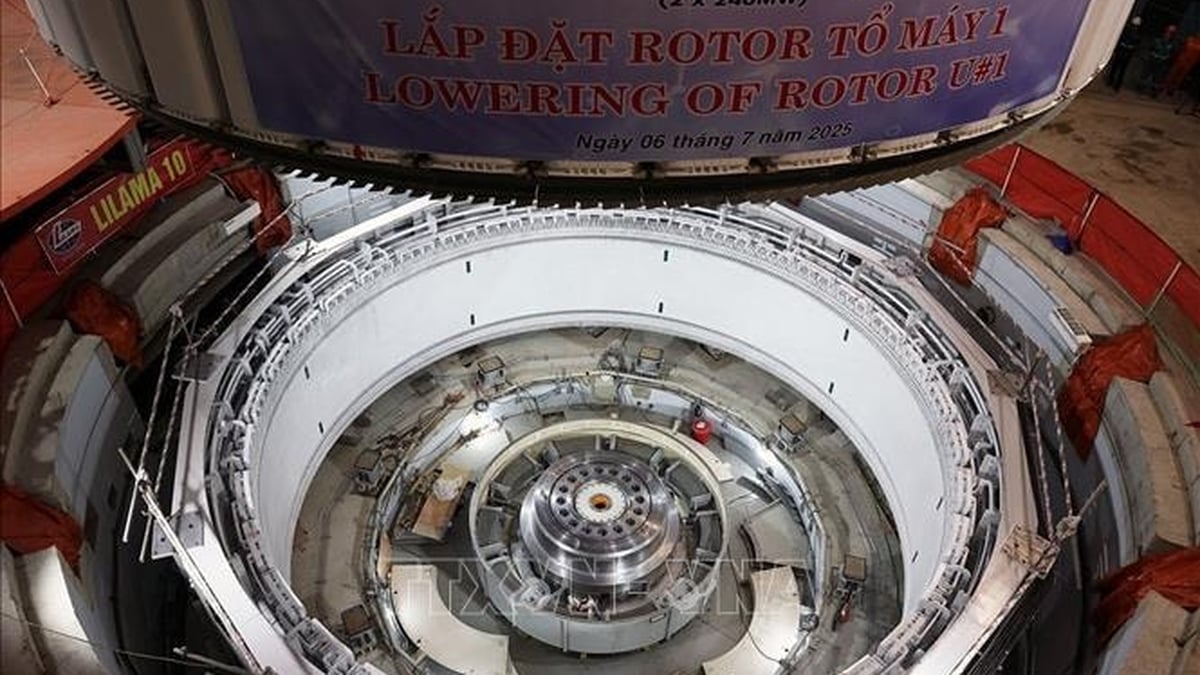
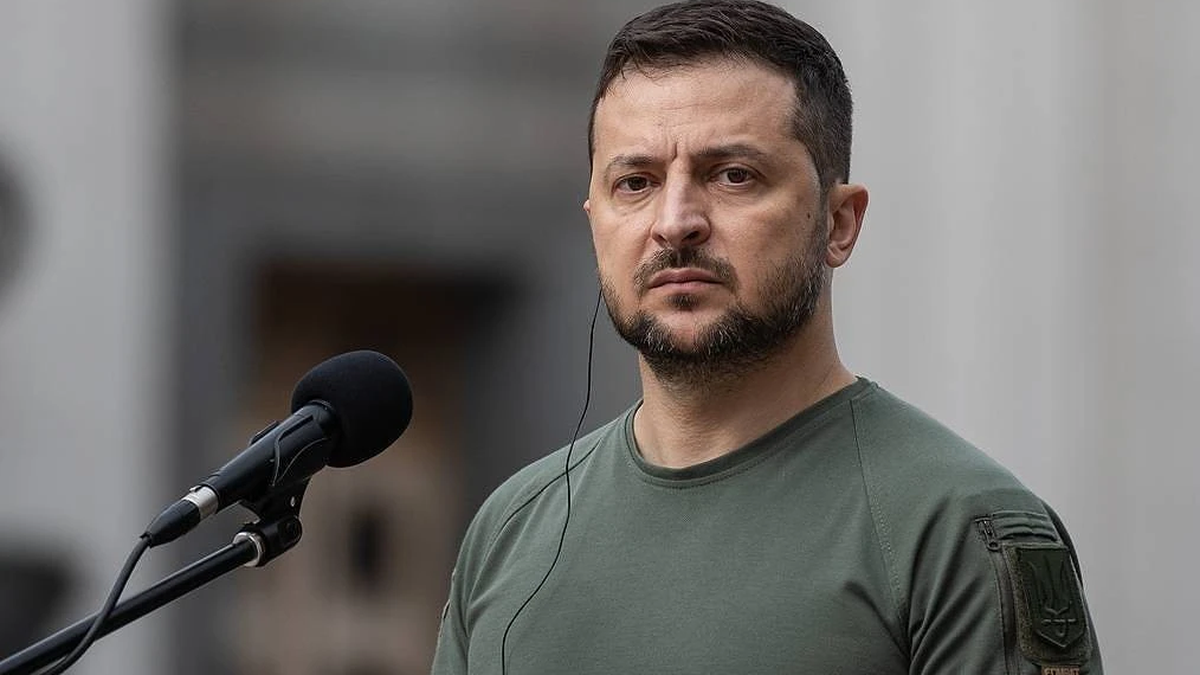
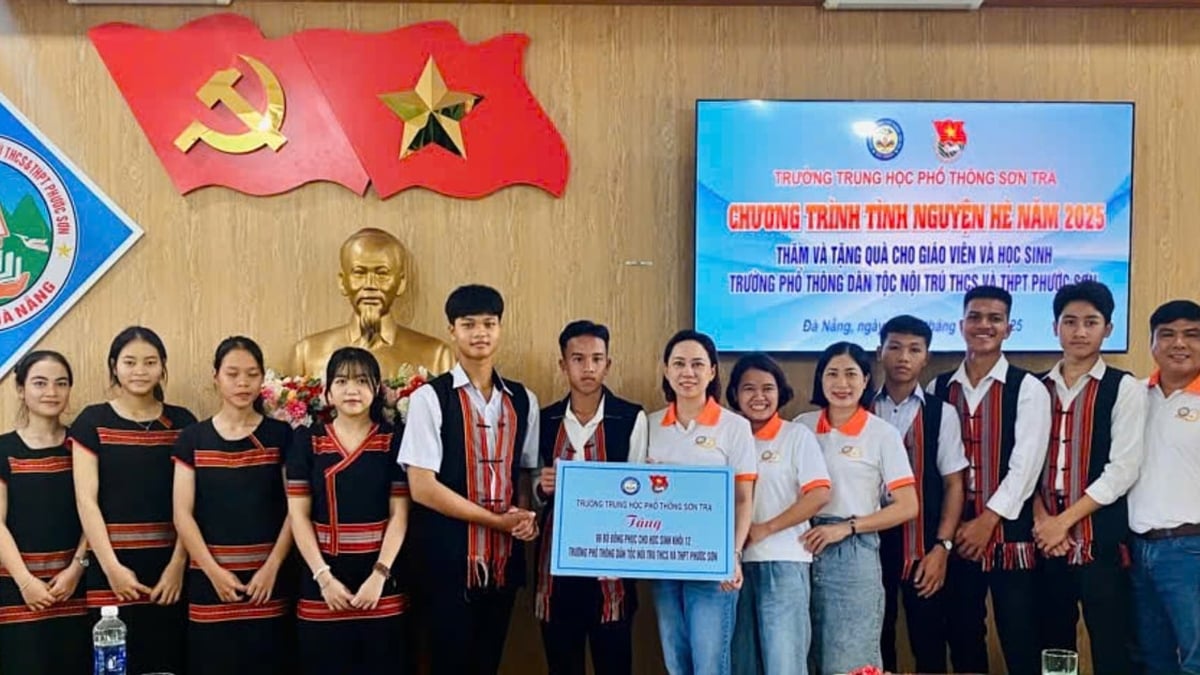
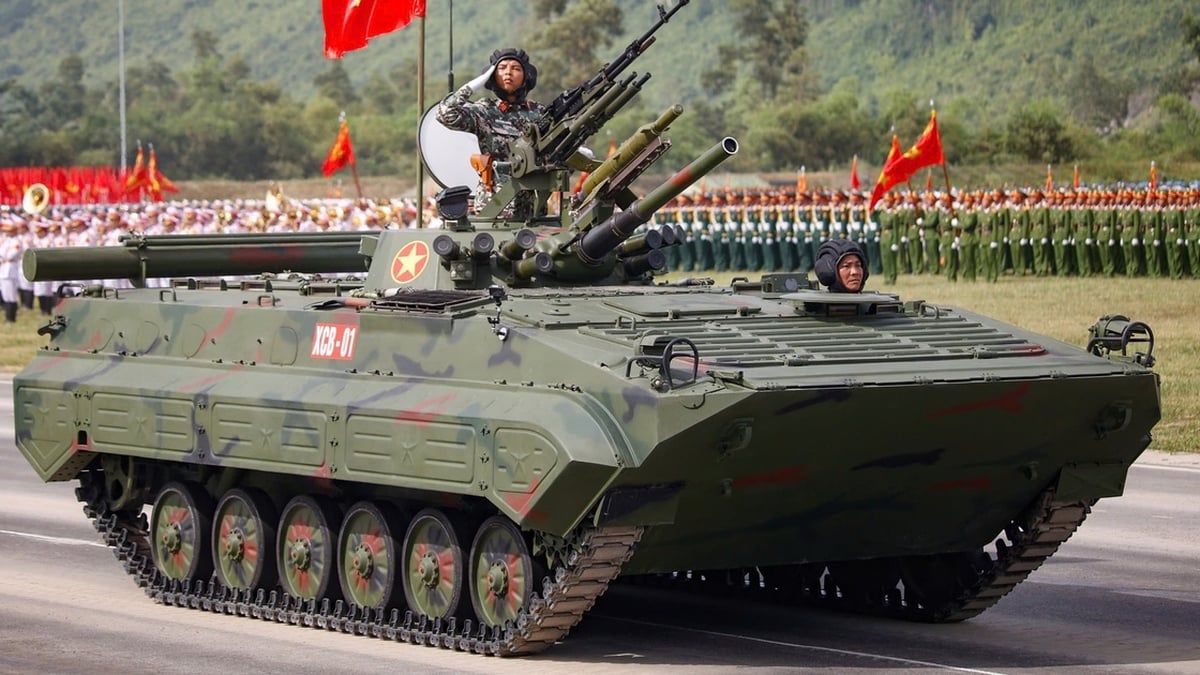


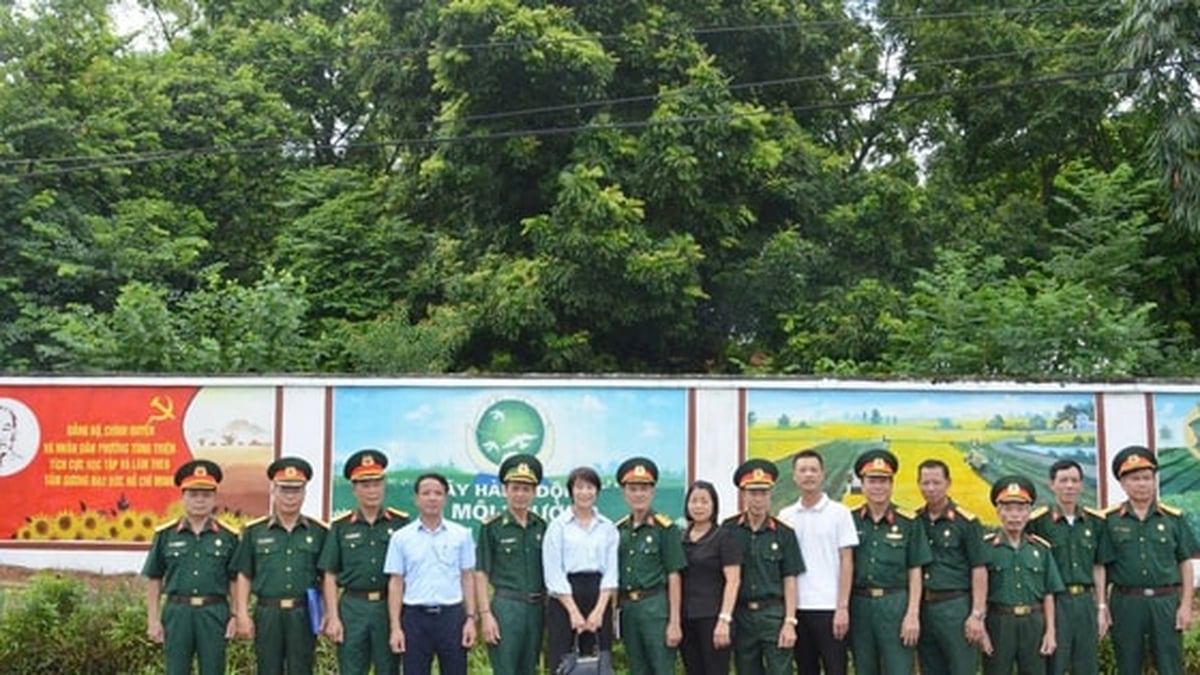










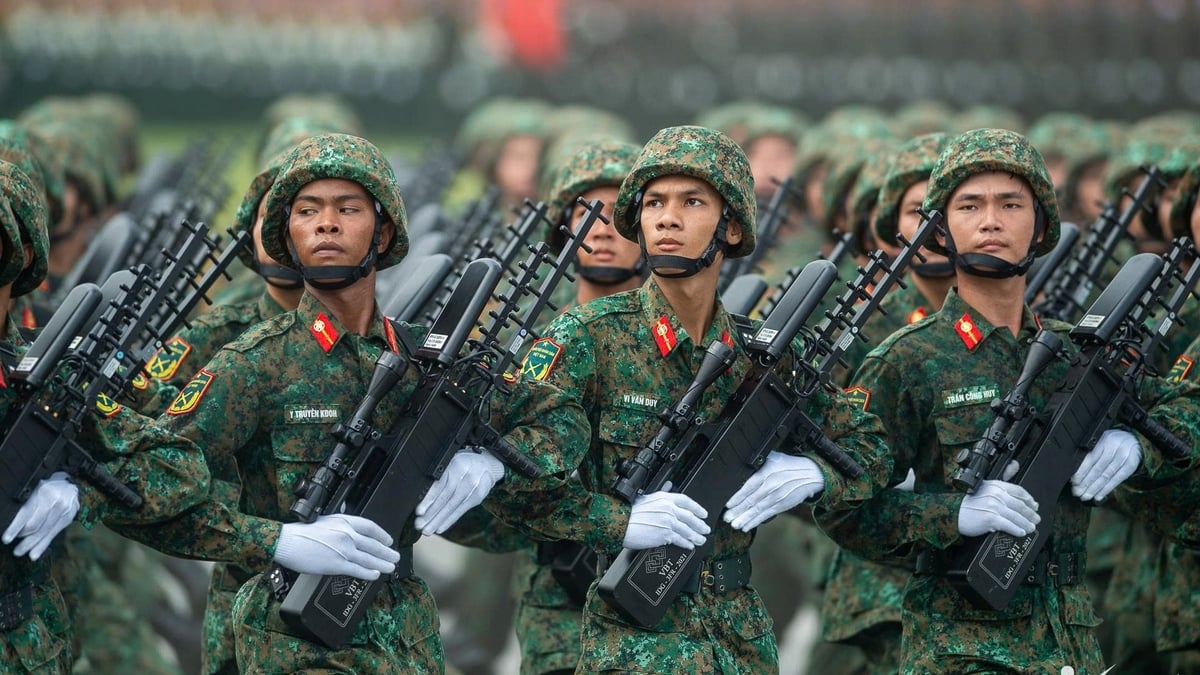
![[Photo] General Secretary attends the inauguration ceremony of the Ministry of Public Security Headquarters](https://vphoto.vietnam.vn/thumb/1200x675/vietnam/resource/IMAGE/2025/8/16/3ceec3a24ef945c18ae2b523563b749d)




![[Photo] National Assembly Chairman Tran Thanh Man attends the program "Returning to the source - Towards the future"](https://vphoto.vietnam.vn/thumb/1200x675/vietnam/resource/IMAGE/2025/8/16/d081d9c162ee4ed9919e723aa322a53a)
![[Photo] “Moving forward with Vietnam” on the most romantic road in Vietnam](https://vphoto.vietnam.vn/thumb/1200x675/vietnam/resource/IMAGE/2025/8/16/0ee500bc59fd4468863261ee26f47fe7)
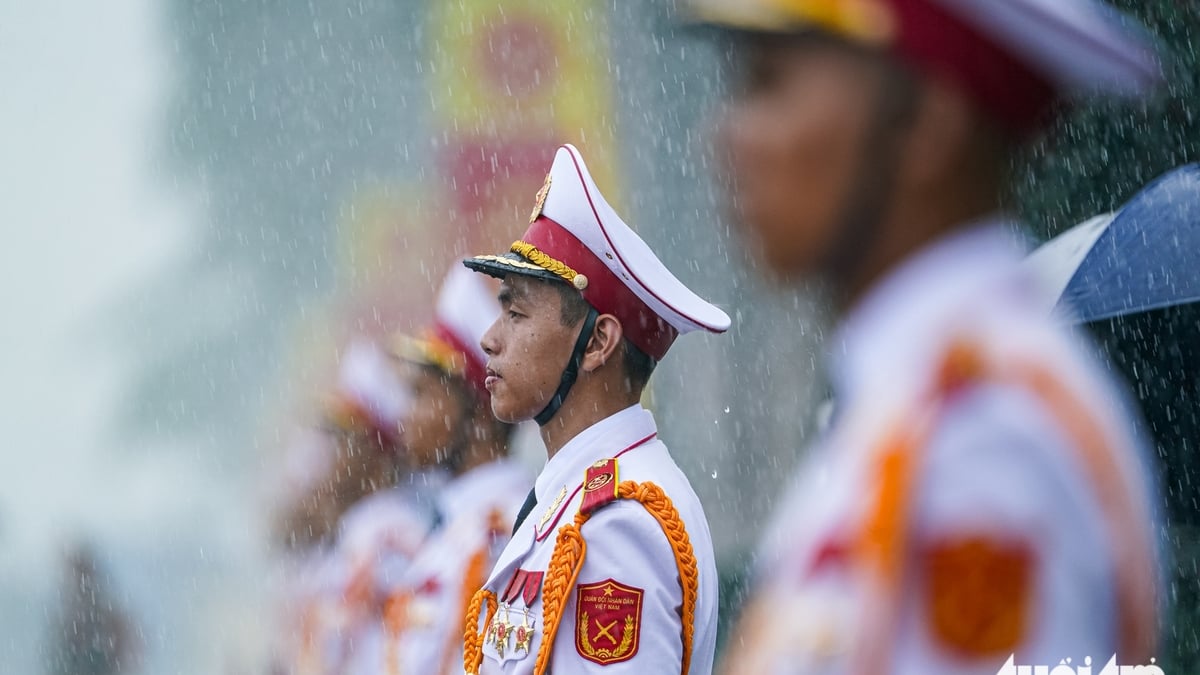
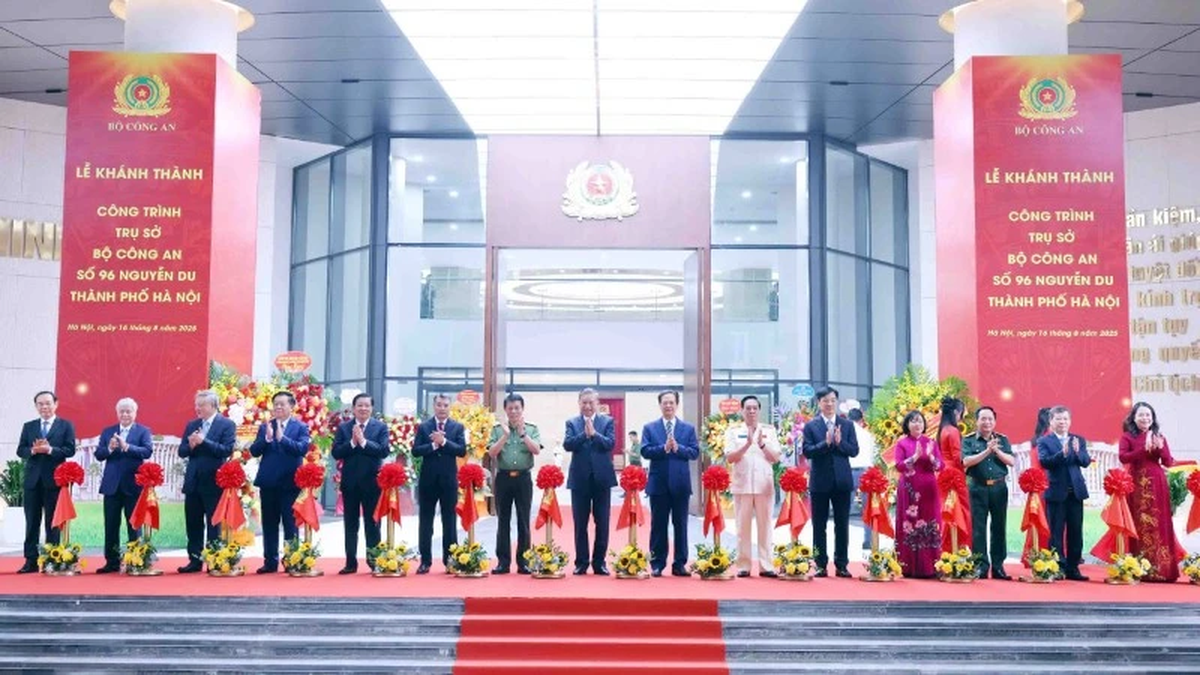


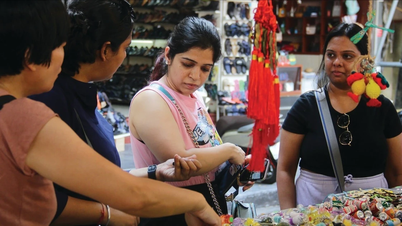










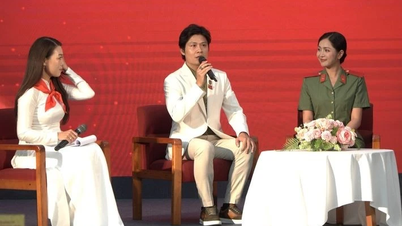

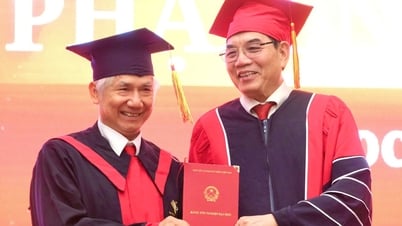

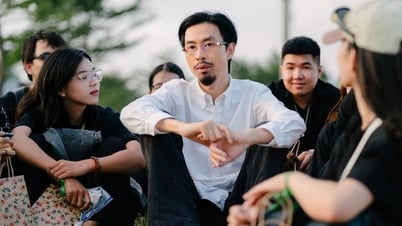
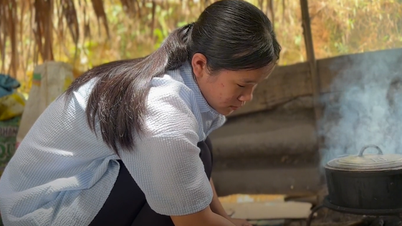



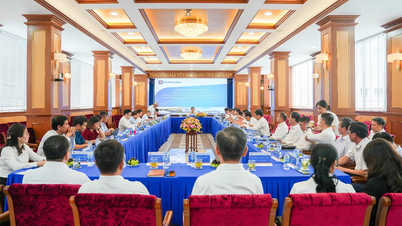















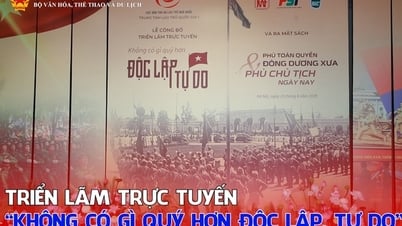


























Comment (0)